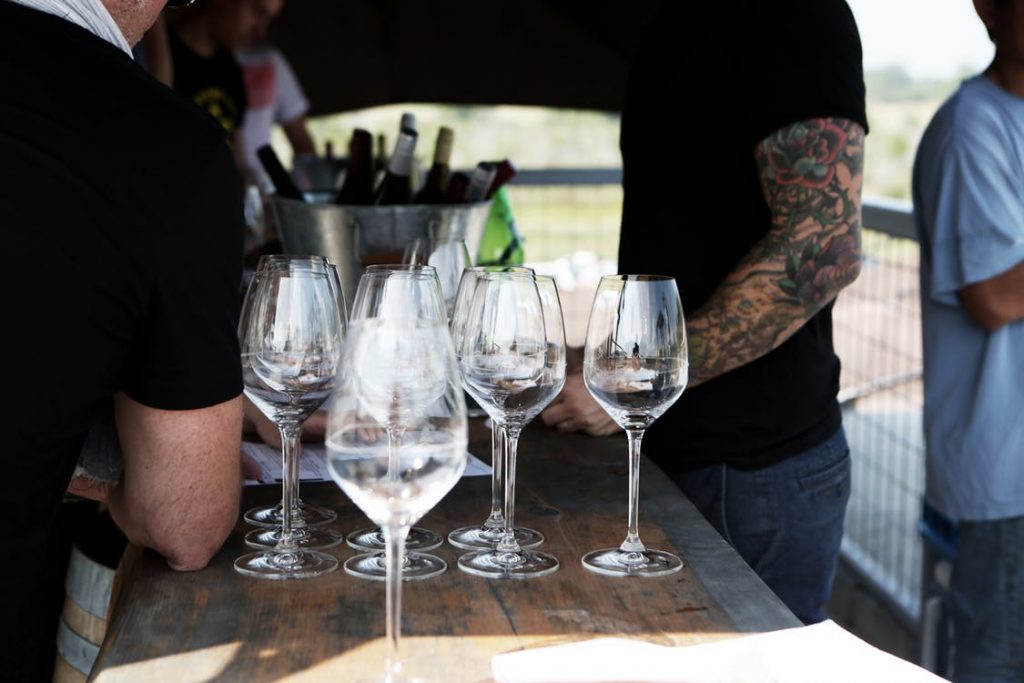The Australian Wine Research Institute concluded their 7-year Research, Development and Extension (RDE) Plan and released their study findings this year. The Institute, a private organisation owned by the Australian wine industry, was established in 1955. Created “to advance the competitiveness edge” of the wine sector, the AWRI currently plans to support the sales of premium Australian wine. According to the Australian Wine and Grape Authority (AWGA), one of their research partners, the premium wine category is enjoying an upward trend.1 To meet these objectives, the AWRI has identified that it needed “direct, specific and reliable information to better understand [consumers’] taste preferences.”
This vision led to the design of a number of consumer research studies conducted under the “Wine and Consumer Needs stream.” The studies aimed at measuring the sensory responses of various groups of consumers (Australian and Chinese) to Australian wine aromas and flavours. Another objective of the AWRI was to demonstrate the benefits of formal sensory analysis methods to the industry and to do so in a collaborative fashion. The establishment of three panels — a consumer panel, a descriptive analysis panel and a technical quality panel — determined key positive and negative sensory attributes that affect consumer purchase and re-purchase. Examples of positive attributes included fruit freshness in red wine and green capsicum combined with tropical profiles in white wine. In contrast, consumers reacted negatively to small levels of Brettanomyces yeast-induced compounds (“Brett”), bitterness and “struck flint”, a reductive wine aroma associated with screw-on closures. Not surprisingly, consumer responses were heterogeneous and included sub-groups of consumers with distinct sensory preferences. This suggests that wines with distinct aromatic and taste profiles may suit various market segments locally or abroad.
The formal sensory tests involving consumers are referred to as hedonic tests. They require regular (non-expert) wine consumers to evaluate wine for acceptance or preference. Blind tests are carried out under controlled conditions in order to eliminate the introduction of bias that would impact the validity of the sensory response. The consumer data may be reviewed alongside expert or sensory-trained panel data to match consumers’ degree of liking or acceptance to wine taints, sensory attributes or overall quality. Due to its complexity, wine is particularly suited to formal sensory methods since common analytical methods cannot readily provide information about wine quality and sensory profile. Formal sensory methods are also the only means to obtain objective information from consumers on their sensory perceptions, likes and dislikes. In the food and wine industry, such sensory tests are used strategically and help reduce the risk of product failures in the market. They are also deployed to generate actionable results that guide trouble-shooting efforts in the winery and aid the development of new products that are aligned with customers’ taste preferences.
The AWRI research led to interesting consumer insights. Study findings identified that consumers were discriminant and sensitive to small levels of “Brett” and oxidative/reductive aromas and flavours. Researchers also reported that consumer preferences towards wine were linked to individual consumer levels of exposure to wine and their years of wine consumption rather than age or gender. The study showed that Chinese consumers didn’t differ widely from Australian consumers in their taste preferences for red wine. It was also reported that consumers who were new to wine could switch their taste preferences rapidly upon repeat exposure to new wine styles. This finding, the AWRI says, could be a reason to shift consumer exposure toward premium products.
The research findings are otherwise in line with previous wine research and confirm that wine experts and regular wine consumers exhibit different taste preferences and that a standardised language based on sensory references is critical for wine profiling.2,3 For instance, experts favour high alcohol and astringent wines and are generally accepting of bitterness. By extension, wine scores provided by experts do not always correlate with consumer preference data. The AWRI also reports success in screening and training members of the community on descriptive analysis terminology for objective sensory evaluation of wine.
Aided by industry, the AWRI has used this research towards actionable results such as the optimisation of winemaking practices to eliminate or reduce disliked aromas and flavours. Sensory results, they report, have already found application in the development or selection of bottle closures for optimum wine acceptance. Moreover, the sensory data will guide the future production of well-liked wine styles for domestic and export markets.
References





